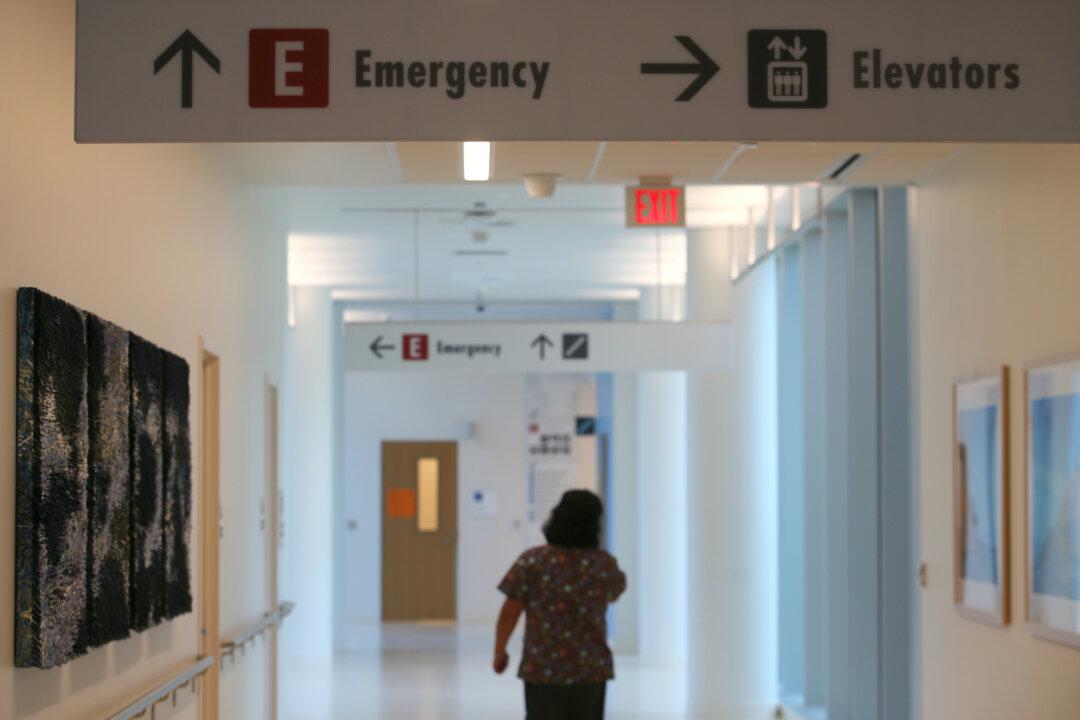WASHINGTON—The Pentagon on Wednesday released its first images from last weekend’s commando raid in Syria that led to the death of ISIS leader Abu Bakr al-Baghdadi.
The declassified, grainy, black-and-white aerial videos from Saturday’s raid showed U.S. special operations forces closing in on the compound and U.S. aircraft firing on extremists nearby.




